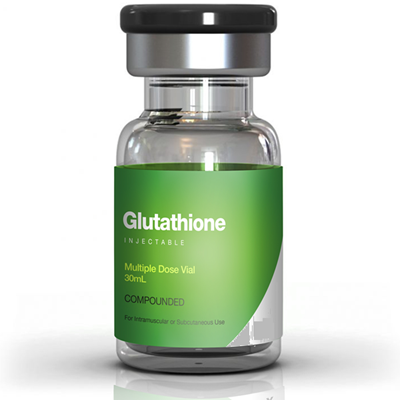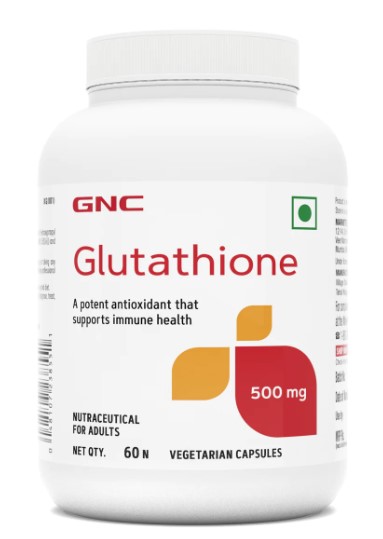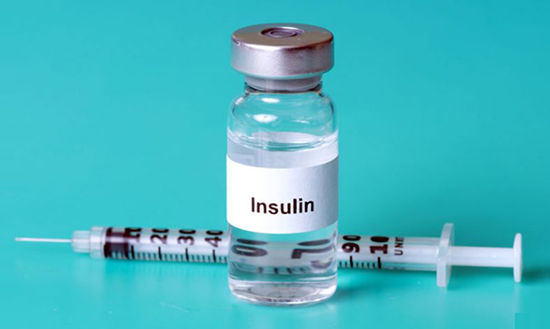The Preparation Methods and Functions of Glutathione
Glutathione, a tripeptide composed of glutamic acid, cysteine, and glycine with a molecular weight of 307.3, was first discovered in 1921 by Hopkins, the president of the Royal Society. Known for its vital biological functions, glutathione plays a crucial role in the body's antioxidant defense, detoxification, anti-inflammatory processes, and more.
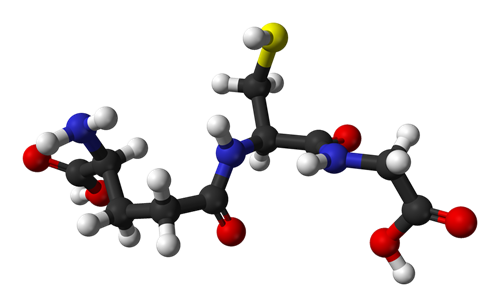
Glutathione exists in two forms: the reduced form (GSH) and the oxidized form (GSSG). In most normal organisms, the reduced form predominates and is the primary active component of glutathione. It's a non-protein thiol molecule with a strong ability to donate electrons or protons, acting as a coenzyme for specific enzymes and participating in various biological processes.
Functions of Glutathione
1. Antioxidant: Glutathione neutralizes free radicals, protecting cells from oxidative stress.
2. Detoxification: It aids in the detoxification of harmful substances by binding to them and facilitating their removal.
3. Anti-inflammatory: It helps to reduce inflammation by modulating immune responses.
4. Protection of Cellular Proteins: It shields proteins and enzymes with thiol groups from oxidation.
5. Catalyst in Disulfide Bond Exchange: It facilitates the formation and reduction of disulfide bonds, which are crucial for protein folding and function.
6. Signal Transduction: It plays a role in cellular signaling pathways, influencing cell behavior and response to stimuli.
Preparation Methods of Glutathione
1. Solvent Extraction Method:
Traditionally, glutathione is extracted from wheat germ and yeast, which are rich in this tripeptide. However, this method is outdated, has a small production scale, and results in a lower quality of glutathione, with a complex process.
2. Fermentation Method:
This method leverages specific microorganisms to convert sugars into glutathione. It offers mild reaction conditions, short fermentation times, and a simpler production process. However, the yield of glutathione from fermentation is not high, and future research should focus on improving this yield.
3. Chemical Synthesis Method:
Using glutamic acid, cysteine, and glycine as raw materials, glutathione is chemically synthesized. Although this process is mature, it involves multiple reaction steps, long reaction times, complex operations, and high production costs. Additionally, it poses environmental pollution concerns, limiting its widespread application.
4. Enzymatic Synthesis Method:
This method uses L-glutamic acid, L-cysteine, and glycine as substrates, along with glutathione synthetase from yeast and ATP as a catalyst to produce glutathione. It offers a clear process and high purity of the final product. However, the process is complex, time-consuming, and costly, and it is still under development.
Related articles And Qustion
See also
Lastest Price from Glutathione manufacturers

US $0.00-0.00/kg2025-11-28
- CAS:
- 70-18-8
- Min. Order:
- 1kg
- Purity:
- 98%
- Supply Ability:
- 1000kg
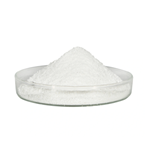
US $1.00-0.10/kg2025-11-03
- CAS:
- 70-18-8
- Min. Order:
- 1kg
- Purity:
- 99%
- Supply Ability:
- 300tons


